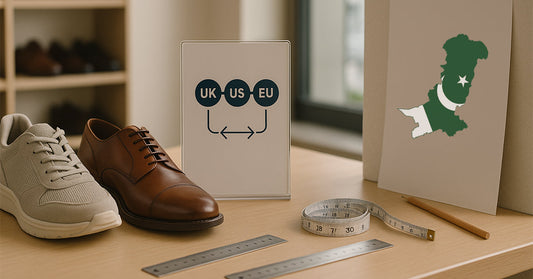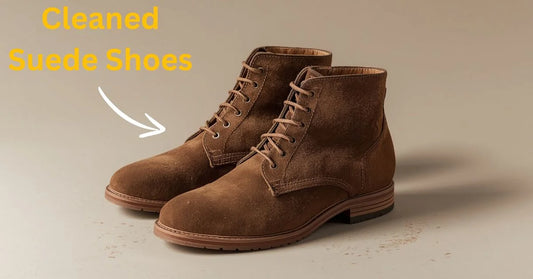
Thrift Shopping: What It Means, Where It Started & Why It Matters Today?
Haris RiazShare
Thrift shopping, once considered a niche activity, has now become a common practice embraced by people from various social backgrounds worldwide. This shift reflects changing consumer values, environmental concerns, and a desire for unique fashion statements. Understanding the origins and current significance of thrift shopping highlights its lasting appeal.
Defining Thrift Shopping
Thrift shopping refers to purchasing second-hand items—typically clothing, accessories, shoes, and household goods—at reduced prices. These items are sold through various channels, including thrift stores, consignment shops, and online platforms just like prelovedtreasures.pk. This practice promotes the reuse of goods, extends their lifespan, and offers consumers affordable alternatives to new products.
"If you are interested in thrift shopping and want to buy authentic products with any hassle than Preloved Treasures is the best option. You can shop branded products anywhere, anytime!"
Historical Roots of Thrift Shopping
The concept of reusing and repurposing goods is not new. However, organized thrift shopping, as we know it today, began in the late 19th and early 20th centuries. The rise of urbanization and industrialization led to increased production and consumption, creating surplus goods. Charitable organizations recognized an opportunity to combat poverty and provide affordable clothing and footwear by collecting and reselling used items.
Salvation Army

Established in 1865, the Salvation Army began its thrift store operations in the late 19th century. These stores provided low-cost goods, including clothing and shoes, to those in need while generating funds for the organization's charitable activities.
Goodwill Industries
Founded in 1902, Goodwill collected used household items, footwear, and clothing, employing individuals to repair and sell these goods. This model not only supplied affordable products but also created job opportunities, embodying a sustainable, community-focused approach.
Evolution into Mainstream Culture
Initially serving primarily low-income communities, thrift shopping has undergone a cultural shift over the decades:
Counterculture Movements
In the 1960s and 70s, counterculture groups embraced thrift shopping as a rejection of mainstream consumerism, seeking unique and affordable fashion alternatives, including vintage footwear.
Economic Recessions
Financial downturns often lead to increased thrift shopping, as consumers seek cost-effective purchasing options. For example, the 2008 financial crisis saw a surge in second-hand shopping.
Sustainable Fashion
In recent years, environmental awareness has propelled thrift shopping into the spotlight. Consumers recognize that buying second-hand things, especially preloved shoes, reduces demand for new production, thereby minimizing resource consumption and waste.
Why Thrift Shopping Matters Today?
The contemporary significance of thrift shopping is multi-dimensional, encompassing economic, environmental, and social aspects:
Economic Benefits
Thrift shopping offers quality goods, including brand-name shoes, at lower prices, making fashion and household items accessible to a broader audience. This affordability is particularly appealing during economic uncertainties.
Environmental Impact
By extending the lifespan of products, including footwear, thrift shopping reduces the volume of items entering landfills. It also decreases the demand for new manufacturing, which is often resource-intensive and polluting.
Unique Style Expression
Thrift stores offer a diverse range of items from various eras, including rare and vintage shoes, allowing individuals to curate distinctive styles that reflect their personalities. The treasure-hunting experience adds excitement to shopping.
Support for Charitable Causes
Many thrift stores are operated by non-profit organizations, with proceeds funding community programs, job training, and other social services. Thus, shoppers contribute to philanthropic efforts with their purchases.
Conclusion
Thrift shopping has evolved from a necessity for low-income communities to a global movement embraced for its affordability, sustainability, and unique fashion appeal. It not only helps individuals save money but also reduces waste, supports charitable organizations, and promotes ethical consumerism. As awareness of environmental and economic challenges grows, thrift shopping will likely continue to gain popularity. Whether you’re looking for vintage fashion, home decor, or everyday essentials, thrift shopping offers endless opportunities to shop smart and make a positive impact on the world.



